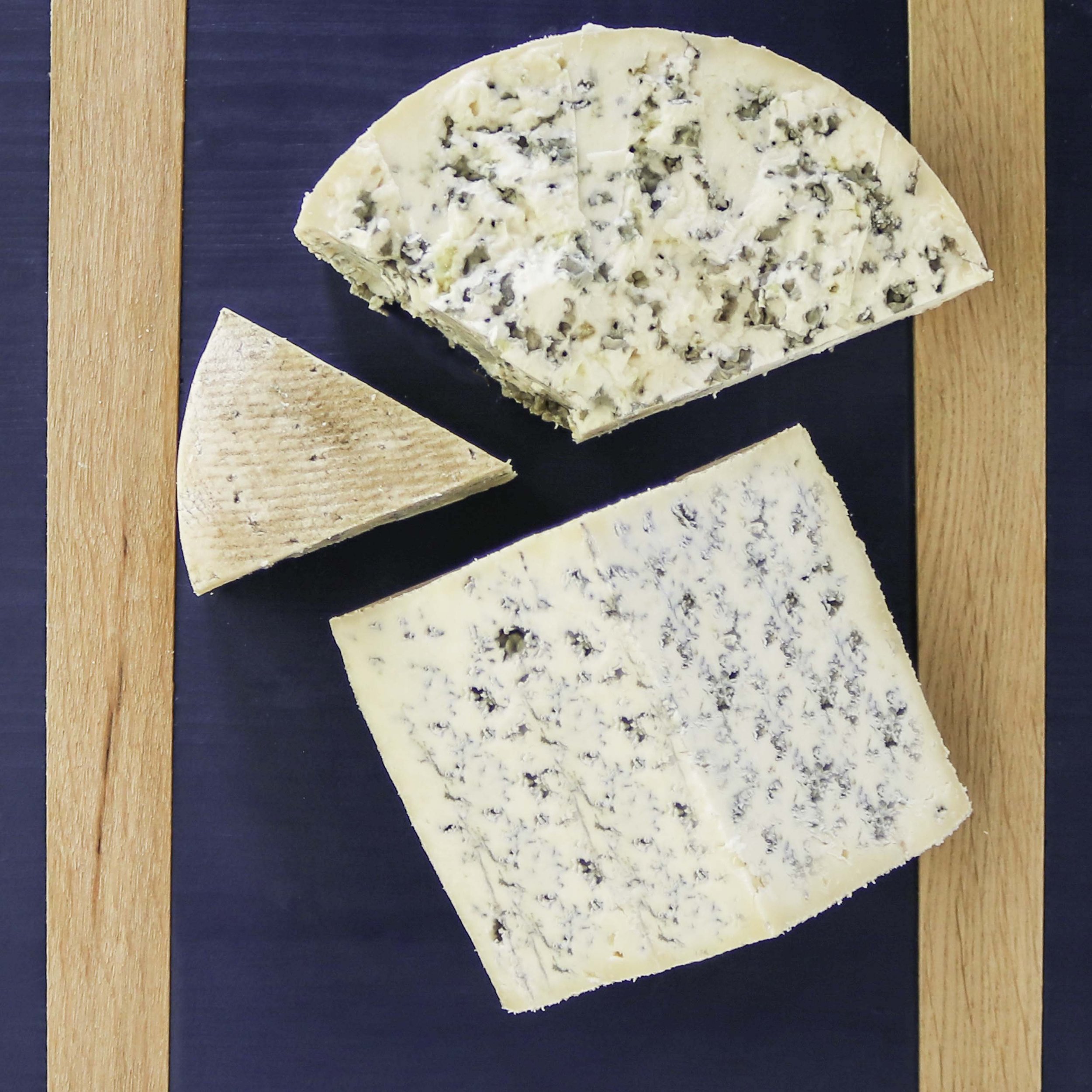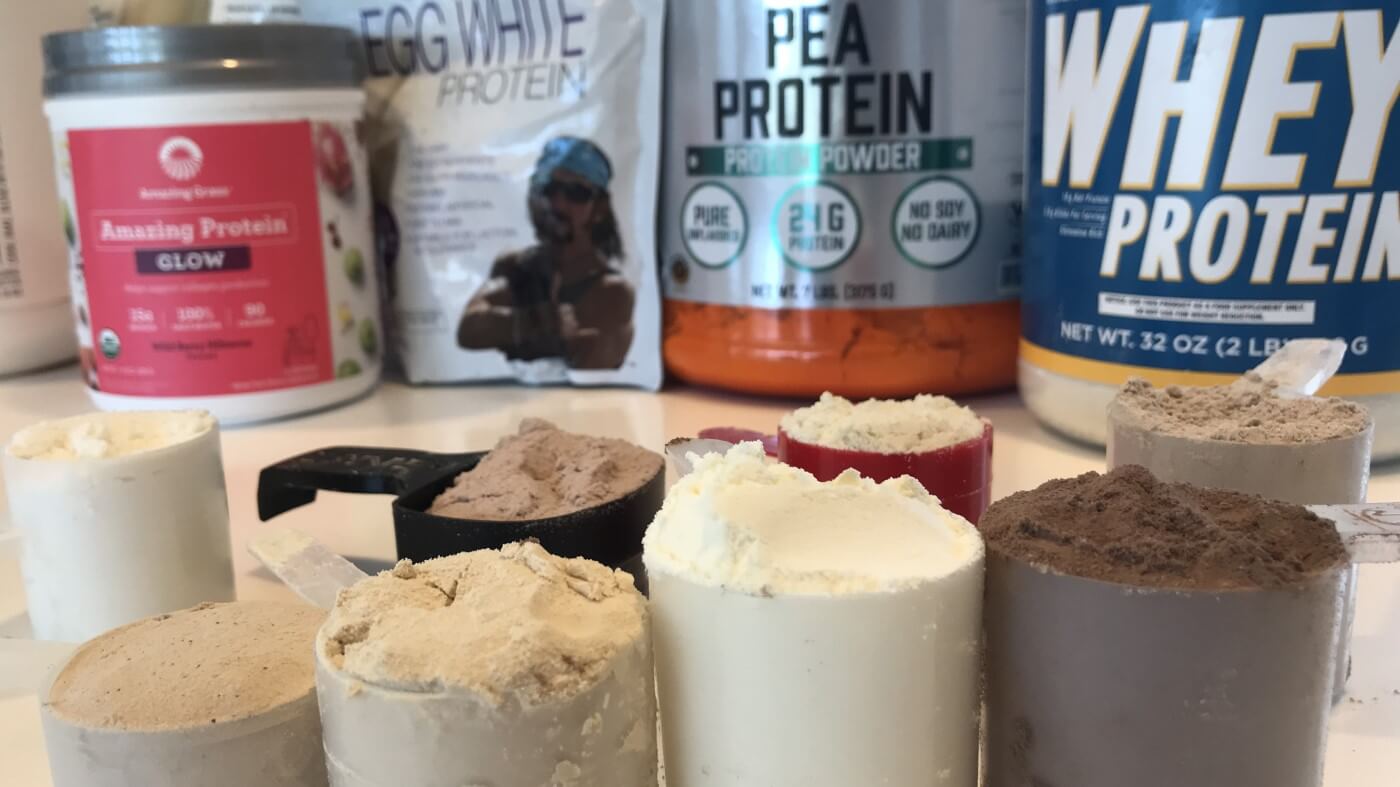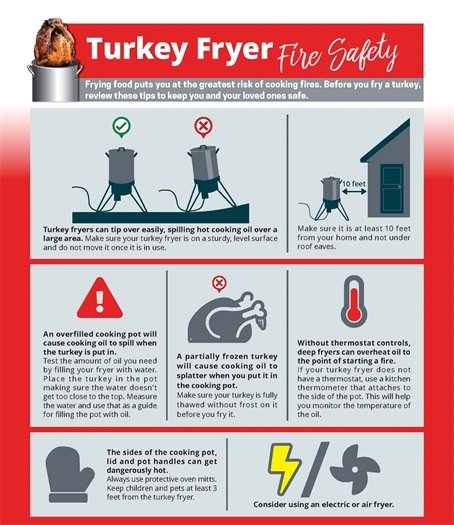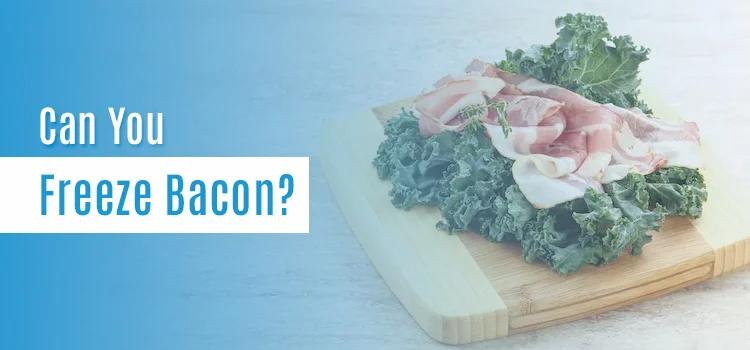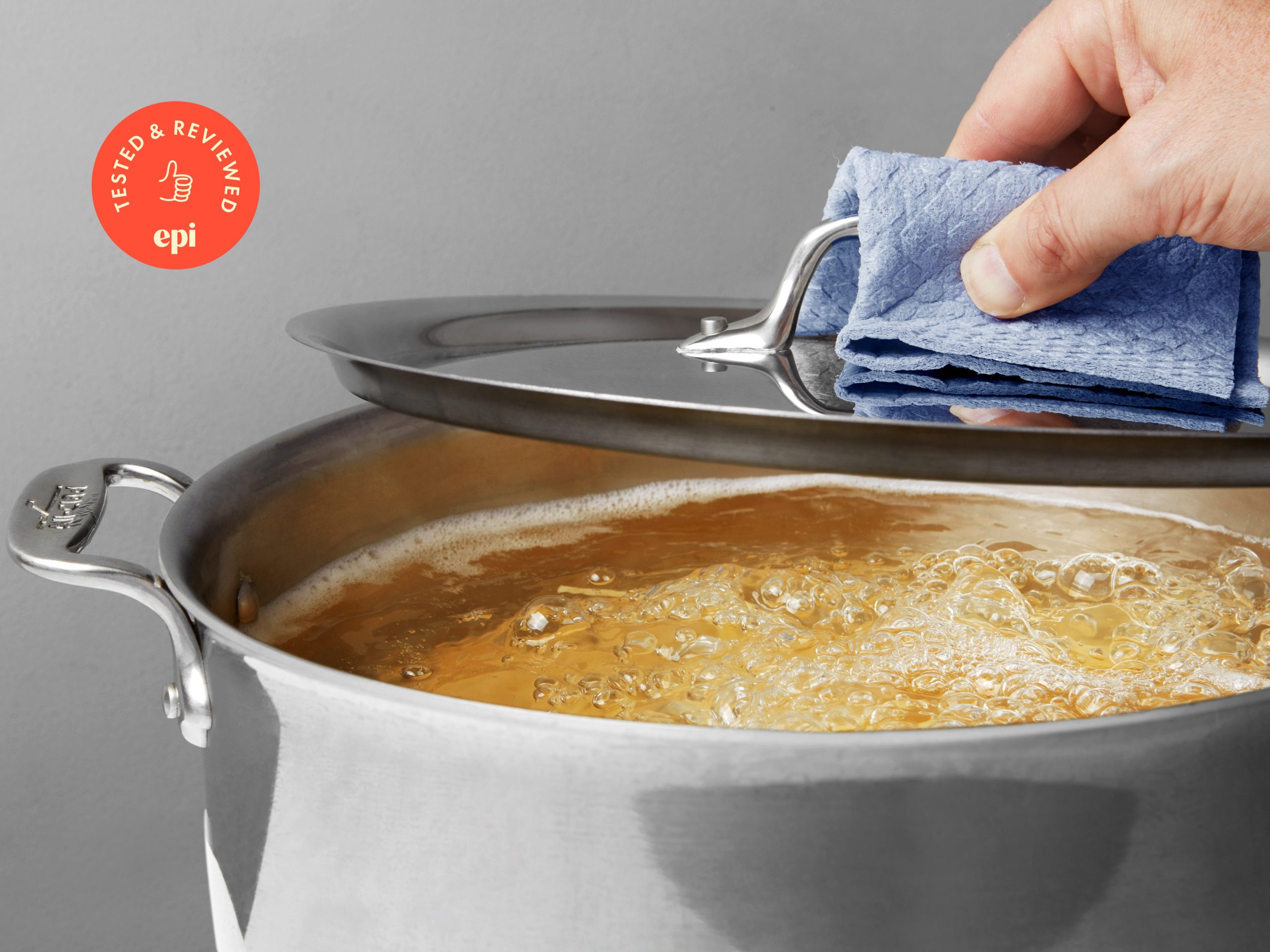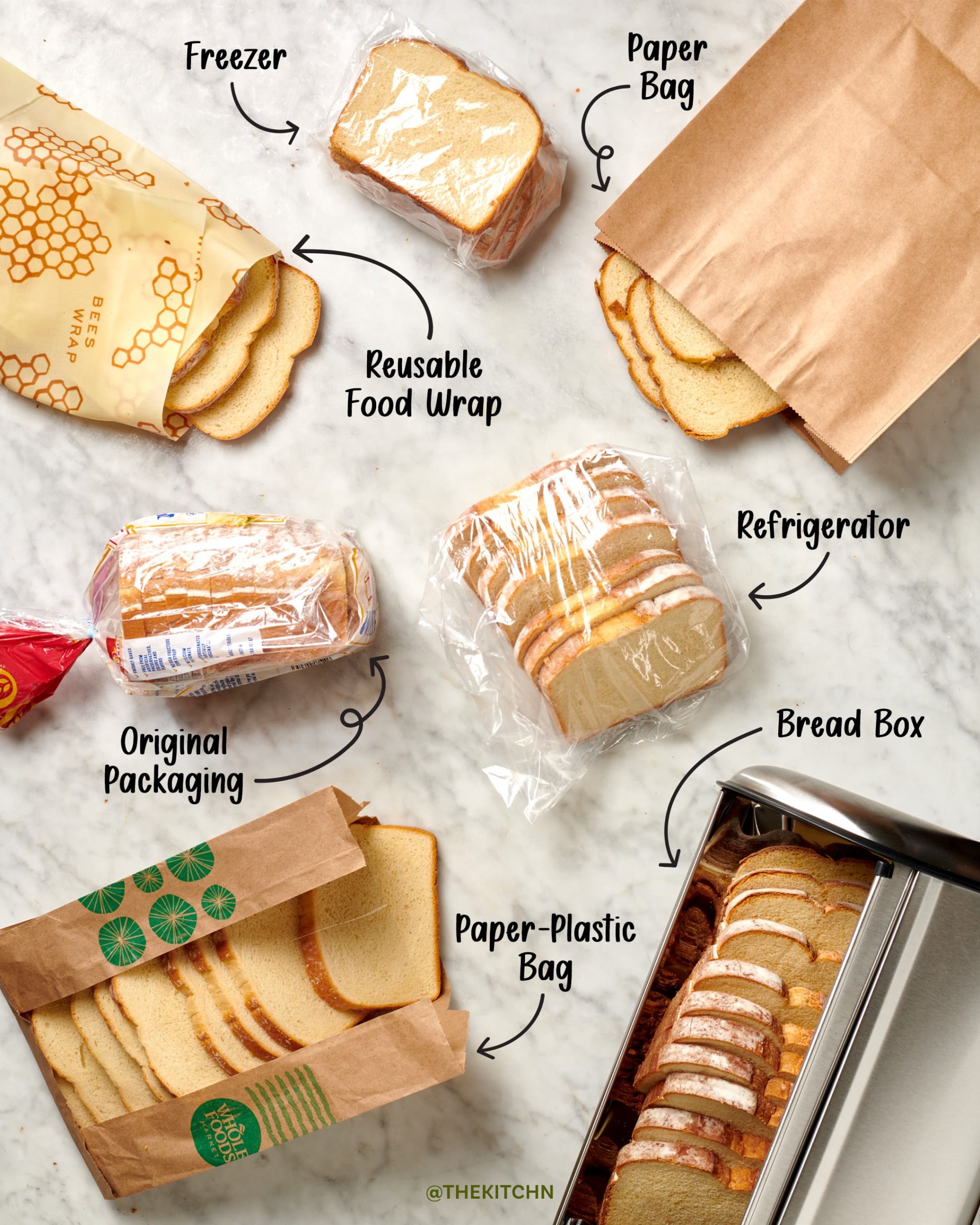– According to USDA guidelines, bacon can be refrozen only if it was thawed safely in the refrigerator within seven days before refreezing.
– To freeze raw bacon (unopened), tightly wrap the package with aluminum foil or plastic wrap and use within four months.
– To freeze raw bacon (opened), place it in a zip-top bag, remove the air, and use within four months.
– To freeze cooked bacon, line a rimmed baking sheet with waxed paper, arrange the strips in a single layer, freeze overnight, then transfer to a zip-top bag. Use within six months for best quality.
– Thaw bacon overnight in the refrigerator or in cold, flowing water for 30 minutes. Bacon thawed in water should be cooked immediately.
– Bacon cannot be refrozen after it has been thawed using the methods mentioned.
– Bacon can be defrosted using a microwave’s defrost function, but it should only be heated for a few minutes at a time and cooked immediately after.
– Bacon can be cooked from frozen, either as individual slices or as a block.
– When cooking bacon from frozen, it is recommended to lightly pat it with a paper towel to remove frost.
– In the microwave, bacon can be cooked on high for two minutes with paper towels to avoid grease splatters.
– On the stove, a frozen bacon block can be placed in a skillet over low heat until it thaws and individual strips can be removed.
– On the stove, frozen bacon strips can be cooked in a skillet over medium heat.
– In the oven, frozen bacon can be cooked at 400 degrees F for 17-20 minutes on a baking pan or rack lined with aluminum foil.
– Cooking bacon from frozen may result in more grease pops as the ice crystals melt.
– The article states that thawed bacon can be safely refrozen as long as it was stored in the refrigerator.
– Bacon should not be left on the counter to defrost.
– All types of bacon, including pork, turkey, and Canadian bacon, can be refrozen if thawed safely.
– Bacon should not be refrozen if it was thawed in the microwave or on the counter.
– Uncooked bacon should be refrozen within 3-5 days of defrosting.
– Unopened packages of thawed bacon can be refrozen directly, while partially used packages should be tightly wrapped in plastic wrap before placing in a ziplock bag.
– Cooked bacon should be wrapped tightly in plastic wrap and placed in a ziplock bag to refreeze.
– Cooked bacon can also be crumbled and stored in an airtight container before refreezing.
– When freezing bacon, it can be refrozen, but the duration it remains safe to eat is shorter than when initially frozen. An unopened package of raw bacon that has been refrozen can last up to 30 days in the freezer. However, if the bacon is raw from an open package, it should only be frozen for another 10-14 days. Cooked bacon can be refrozen for up to 2 weeks.
– It is important to label the bacon with the date frozen and a “USE BY” date. Proper placement in the freezer is also important to ensure it is used quickly.
– Thawing bacon should be done in the refrigerator, which typically takes 12-24 hours. Once thawed, an unopened package of refrozen bacon should be cooked within 4 days, while a partial package should be used within 2 days.
– It is not recommended to refreeze bacon twice.
– Reheating cooked and frozen bacon can be done in the microwave, oven, or toaster oven.
– Finally, there are various bacon recipes that can be made using the thawed bacon.
Continue Reading



